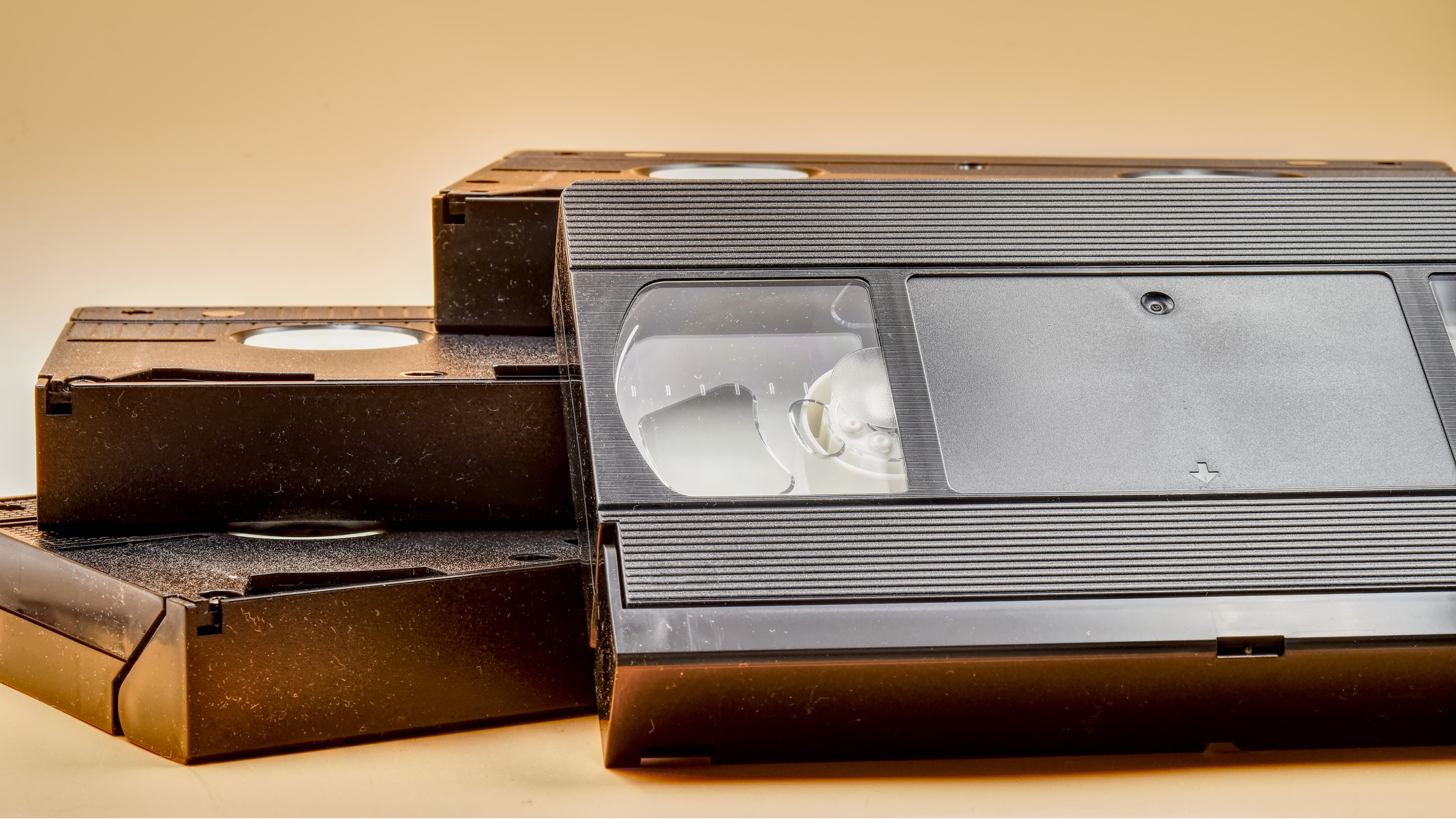For nearly ten years, VHS has been all but extinct. This technology is so outdated that many people today have a hard time even remembering what VHS stands for. Though VHS fell to DVD technology, which is in turn fighting a losing battle against Blu-ray, this was a revolutionary technology less than 50 years ago.
VHS is long dead as a video format, having been superseded by DVDs in the mid 2000s (and DVDs themselves are on their way out the door thanks to Blu-rays). In fact, VHS is so old now that many young people don't even know what they are, and certainly have no idea what VHS stands for. And for readers that do remember VHS, we have a surprise for you because odds are good that you don't know what it stood for either.
If you're somehow still using a VHS player and you're looking to modernize your home entertainment setup, we'd recommend looking into picking up one of the best Blu-ray players (and a HD or 4K TV to go with it). If you don't want to upgrade your TV, then one of the best DVD players is a solid choice too.
Vertical Helical Scan: The Original Definition
When VHS technology debuted, the name actually stood for Vertical Helical Scan, in reference to the head and tape scanning technique it used. VHS cassettes feature a plastic shell that contains magnetic tape. The tape is wound between two spools so it can pass slowly over playback or recording heads. Japan Victor Company (JVC) developed the technology and put it on the market in 1976. The VHS videocassette cartridge followed Sony's Betamax videocassette by just one year.
VHS vs. Betamax: The Video Format War
For over ten years, VHS and Betamax were stiff competitors in a face-off now referred to as the video format war. Betamax arguably offered better quality and used a faster and more efficient apparatus for recording and playback. Its primary drawback was that Betamax tapes were just one hour long. Meanwhile, VHS technology offered a three-hour recording time, making it the ideal choice for movies. VHS technology was also cheaper and easier for consumers to obtain.
Each technology had its own camp of supporters to back it. Sony, Toshiba, NEC, Aiwa, Pioneer and Sanyo backed Betamax technology. The VHS camp included JVC, Hitachi, Mitsubishi, Akai, Sharp and Matsushita (Panasonic). Ultimately, VHS technology won out, and by the late '80s, VHS was used by all but a small niche market. Betamax production in the United States ceased in 1993.
Video Home System: The Common Definition
Ask most people today and they'll tell you that VHS stands for Video Home System. This term quickly overtook the original name, as it made far more sense to consumers. Once Betamax died, VHS became the standard option for both home entertainment and personal video recording.
In 1998, JVC unveiled D-VHS. This originally stood for Data VHS, but again the name evolved with the product. When this format expanded to offer high-definition quality, JVC renamed the product Digital VHS.
What Does VCR Stand For?
VCR stands for Video Cassette Recorder. VCRs not only record video on a VHS cassette, they also play back the recording. The VCR is a necessary tool for enjoying VHS tapes of any kind. By 1986, there was a VCR in one-third of American homes. Of those owners, 32 percent were already looking into adding another VCR, camcorder or video camera to their existing entertainment arsenals.
By the mid-2000s, DVDs were well on the way to replacing VHS tapes. In 2006, the last major Hollywood movie was released on VHS. Today, VCRs are largely obsolete, but there is one remaining technology with real use to VHS owners. the best VHS-to-DVD converters offer you the ability to save your collection of VHS tapes from extinction by burning them onto DVDs for posterity. Though major VHS production ceased long ago, you can still save your precious home videos or favorite films by converting them to a more usable format.

